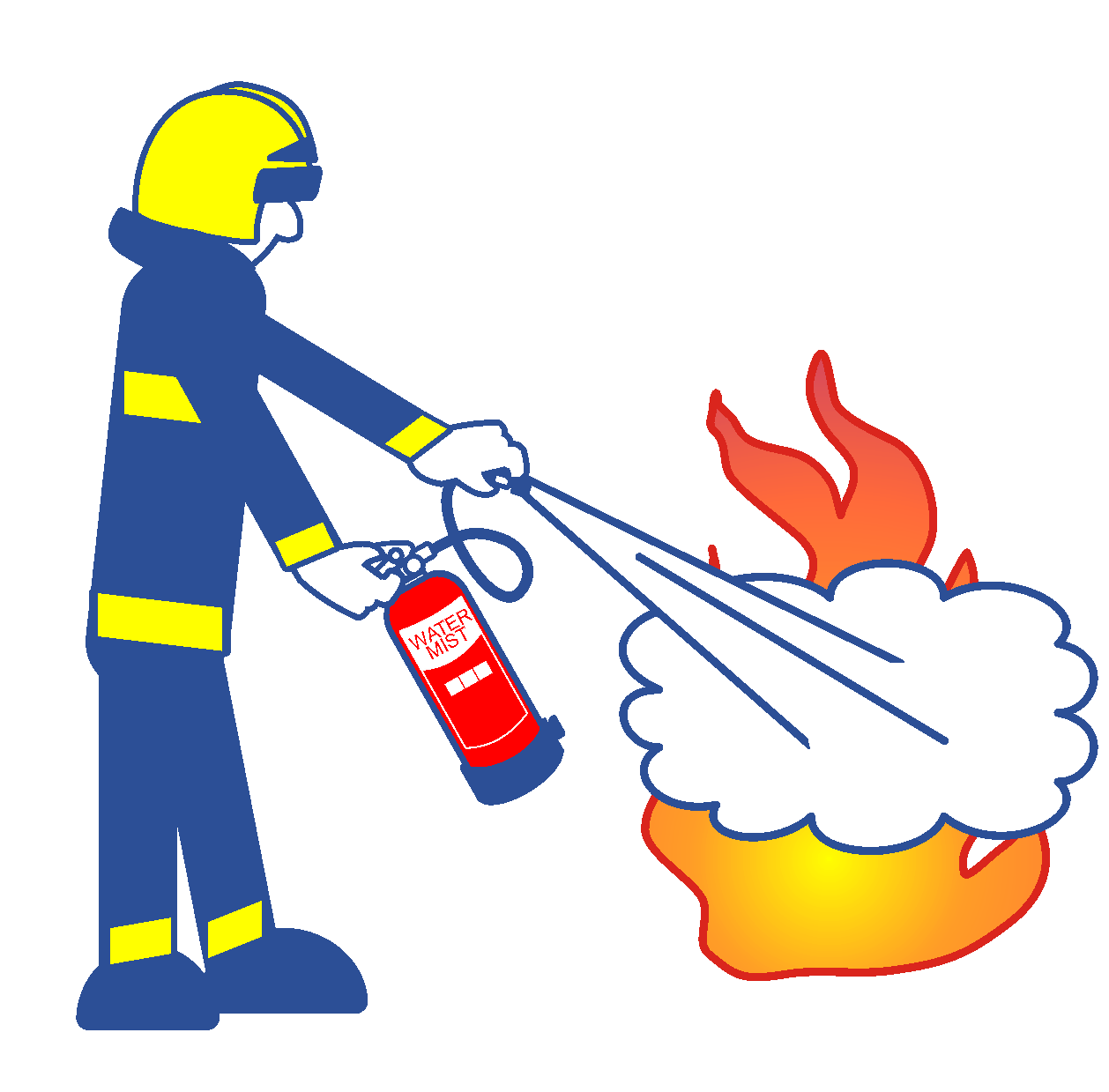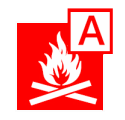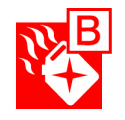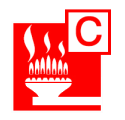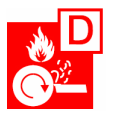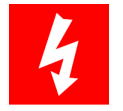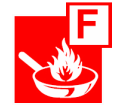What are the 5 Types of Fire Extinguisher?
There are five different types of extinguishers that are suitable for various types of fire:
- Water extinguishers
- Foam extinguishers
- Powder extinguishers
- Carbon dioxide extinguishers
- Wet chemical extinguishers
Fire Extinguishers and Their Uses
The right fire extinguisher must be used to tackle a fire; otherwise, it may worsen the situation. All fire extinguishers display the above symbols to indicate the type of fire they are suitable for, making it easy to avoid this mistake.
Water Extinguishers
There are two main types of water fire extinguishers: standard water extinguishers and water mist extinguishers.
- Standard water extinguishers have a red label on top and are suitable for class A fires only.
- Water mist extinguishers feature a white band and can be used on class A and F fires and electrical fires if they use non-conductive water.
Foam Extinguishers
Foam fire extinguishers are primarily water-based and contain a foaming agent that smothers the fire.
They have a cream band on top and can be used to tackle class A and B fires.
Powder Extinguishers
Powder fire extinguishers (dry powder extinguishers) have a dark blue band on top and will contain one of three powders: ABC, M28 and L2.
- ABC powder has a cooling effect and is suitable for use on class A, B and C fires, such as those involving burning materials, liquids and gases.
- M28 and L2 powders are designed specifically for class D fires, with the main difference being that M28 powder cannot be used on lithium-based fires.
Powder fire extinguishers are highly effective and can be used on various fires. However, the powder can be dangerous to inhale, and it can cause damage to certain items when used, such as carpets and electrical equipment, which may make these extinguishers unsuitable for certain environments.
Carbon Dioxide (CO2) Extinguishers
Carbon dioxide (CO2) fire extinguishers have a black band on top and a large, distinctive conical hose. They work by displacing the oxygen in the air and suffocating the fire.
They are suitable for use on class B and electrical fires.
Carbon dioxide fire extinguishers are great for workplaces with a high risk of electrical fire because they are not substance-based and cause little damage when used.
Wet Chemical Extinguishers
Wet chemical fire extinguishers have a yellow band on top and usually feature a long hose.
They work by cooling the burning oil or fat and creating a seal over its surface area to prevent it from re-igniting.
Wet chemical extinguishers are designed to tackle class F fires but can also be used on class A fires.
Training on Fire Safety
Commodious offers two fire safety training courses, one for all staff and another designed specifically for fire marshals. Use the links below to find out more information about these courses:

